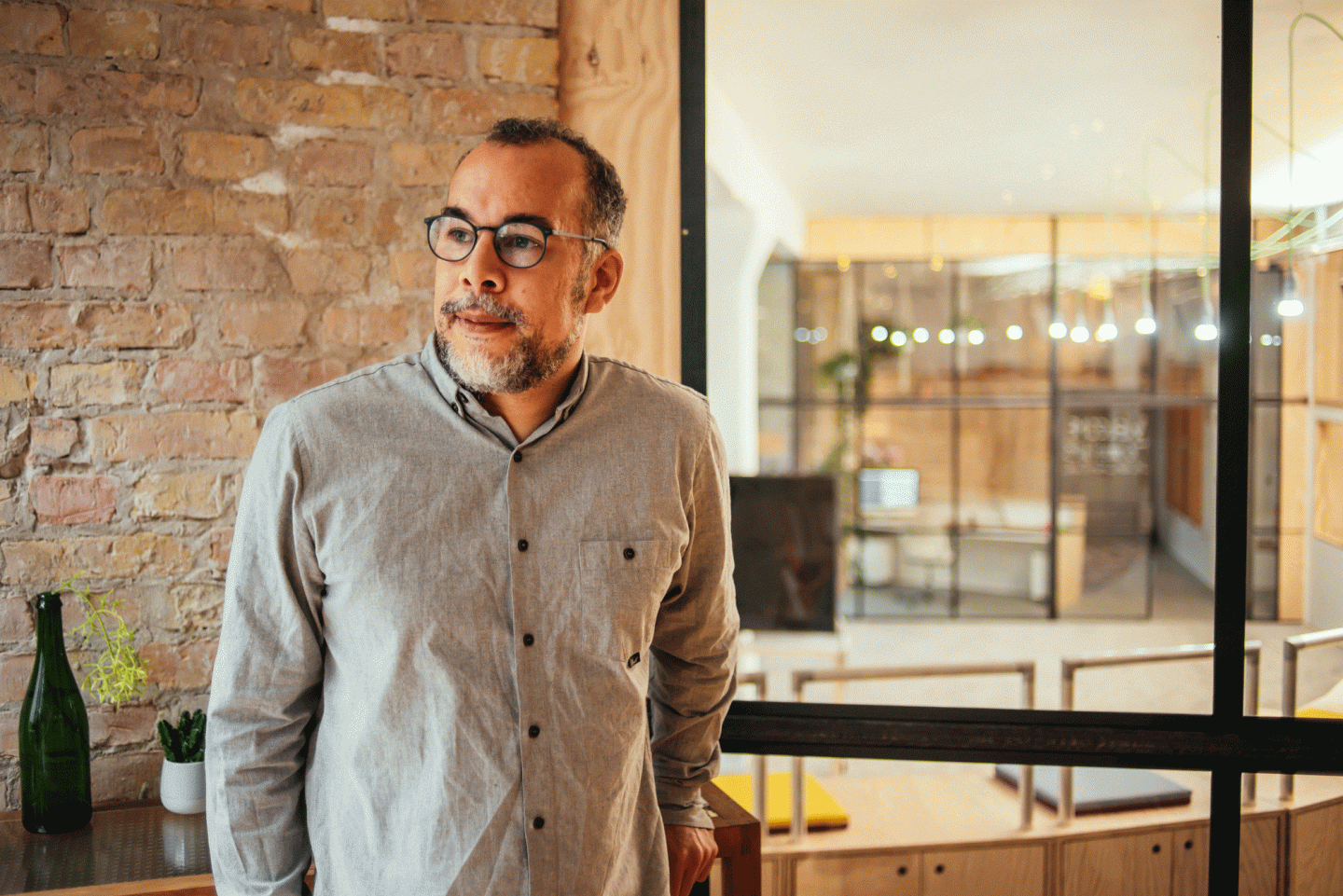
However, as a consultant who helps companies adapt culturally to the new working environment, my experience is that a family-run, medium-sized company usually accommodates a start-up culture that is a lot leaner and fosters more design thinking than most large companies. In addition medium-sized companies even boast some virtues that the startup world could still learn something from. Against this backdrop, I would argue that a classic German SME has greater potential for developing the next ground-breaking innovation than a DAX-50 company. How does that come about?
Observation one: Entrepreneurial spirit
In my experience, more entrepreneurial types can be found in SMEs, particularly in family companies, who look beyond the current quarter and the boundaries of their own departments. I hear phrases like “Okay, then let’s do it that way!” much more often than in a corporate group. There you might hear: “Okay, I’ll try to clarify this with the legal department/finance department/etc.”. I can sense this entrepreneurial mentality even in large, medium-sized companies with several thousand employees and corresponding organisational structures. What founders of start-ups often call “entrepreneurship” can often be found again in medium-sized companies in the form of “intrapreneurship”.
Observation two: Lean processes
Medium-sized companies generally have less clearly defined processes than large companies. In terms of innovation development, this is an advantage. As a result, individuals have greater scope for decision-making and, in the best-case scenario, are responsible for the overall result, rather than hiding behind complicated processes.
If, for example, a surprising new idea is not covered clearly by the project order, individual heads of medium-sized companies are more likely to pursue such ideas without a cost centre, i.e. using something akin to “trawling mode”, as long as they regard the direction as promising. The results of these system hacks then justify the procedure in retrospect. A typical statement in this respect is: “If the result is exciting, no one will ask about the process later on.” As a result of their stringent regulations, I’m less likely to experience something like this in large companies.
Compared to start-ups, medium-sized companies usually have more sophisticated processes for standard procedures such as quality assurance or internal services such as human resources and accounting. Investors often say that many startups fail not due to their concept, but due to their team and on account of inadequate processes during their rapid growth phase.
Observation three: proximity to customers
In large companies, there are often fewer people in direct contact with customers than in smaller companies. In a corporate group, the share of the work usually done by market research departments, for example, has to be carried out by sales persons or developers “on the side”. However, this direct customer-to-customer interaction is most valuable, especially in the context of innovation development. Successful start-ups often acquire their market opportunity via previously unserved customer needs and create new solutions in cooperation with their customers. However, a frequent problem of start-ups is finding the right customers in the first place. Ideally, a medium-sized company will be able to draw on its long-standing relationships here. I have experienced how a development engineer at a mechanical engineering company simply picked up the phone to make a quick call to organise a joint development session with customers. One week later, we had all developed suitable new solutions together in a completely open creative session.
Observation Four: The Culture of Trial and Error
In corporations, “errors are not an option” is a frequently heard maxim. Without trial and error, however, there can be no learning, no new insights and, more importantly, no innovation. Employees who are keen to experiment however often encounter absurd barriers here. For example, after a training session on our premises in the Development department, a major German car manufacturer wanted to use cardboard as a material for prototype development since it is cheaper and experimentation using a cardboard door is much quicker than with a test door that has been specially made from metal. There followed an immediately rebuke by the head of department, who maintained cardboard did not reflect the quality of the brand. It was only when colleagues did some calculations and told their boss they could replace several weeks of development with a few days using cardboard and that savings were in the five-digit area, that they agreed on a compromise: cardboard would be permitted from now on if it was painted in orange as a warning and marked accordingly as an experiment.
In medium-sized companies, I often encounter a culture of trial and error, and this outside of research departments too. Their leaner processes, greater proximity to customers and greater individual responsibility, as I have mentioned, make it easier for them to experiment and bring their developments to the market faster, more cost-effectively and tailored more precisely than many large companies. For startups, trial and error out is almost vital in order to survive. They often change their original orientation several times before the desired “market fit” is found.
In light of these observations, when it comes to the innovative capacity of German companies, I wonder whether a large company that tries to imitate start-ups using classic means might ever be better than the original. In the case of SMEs, on the other hand, I detect an opportunity to combine the existing start-up culture with classic German entrepreneurial talents to create something new that is more than just a copy of Silicon Valley. Admittedly, a creative outpost located in Berlin rather than Brunswick might not do innovative small or medium-sized businesses any harm either.
Information about the Author
Simon Blake is one of Germany’s leading experts and consultants on agile innovation culture. As a co-founder and co-managing director of launchlabs, he helps established companies to develop “Innovation Ownership”, i.e. to develop skills and structures in such a way that innovation and day-to-day business are mastered by organisations in harmonious ways. Prior to that, he was instrumental in building the School of Design Thinking at the Hasso-Plattner Institute.
